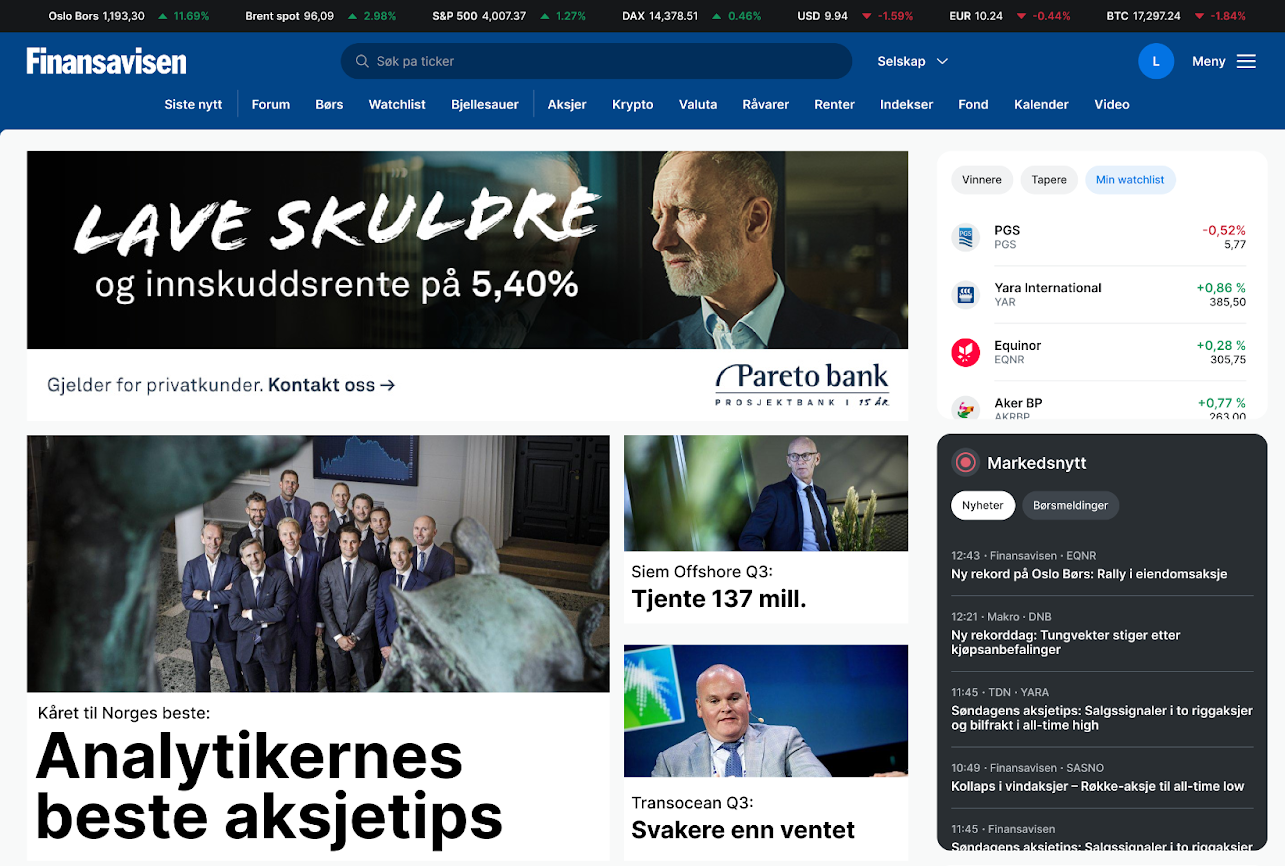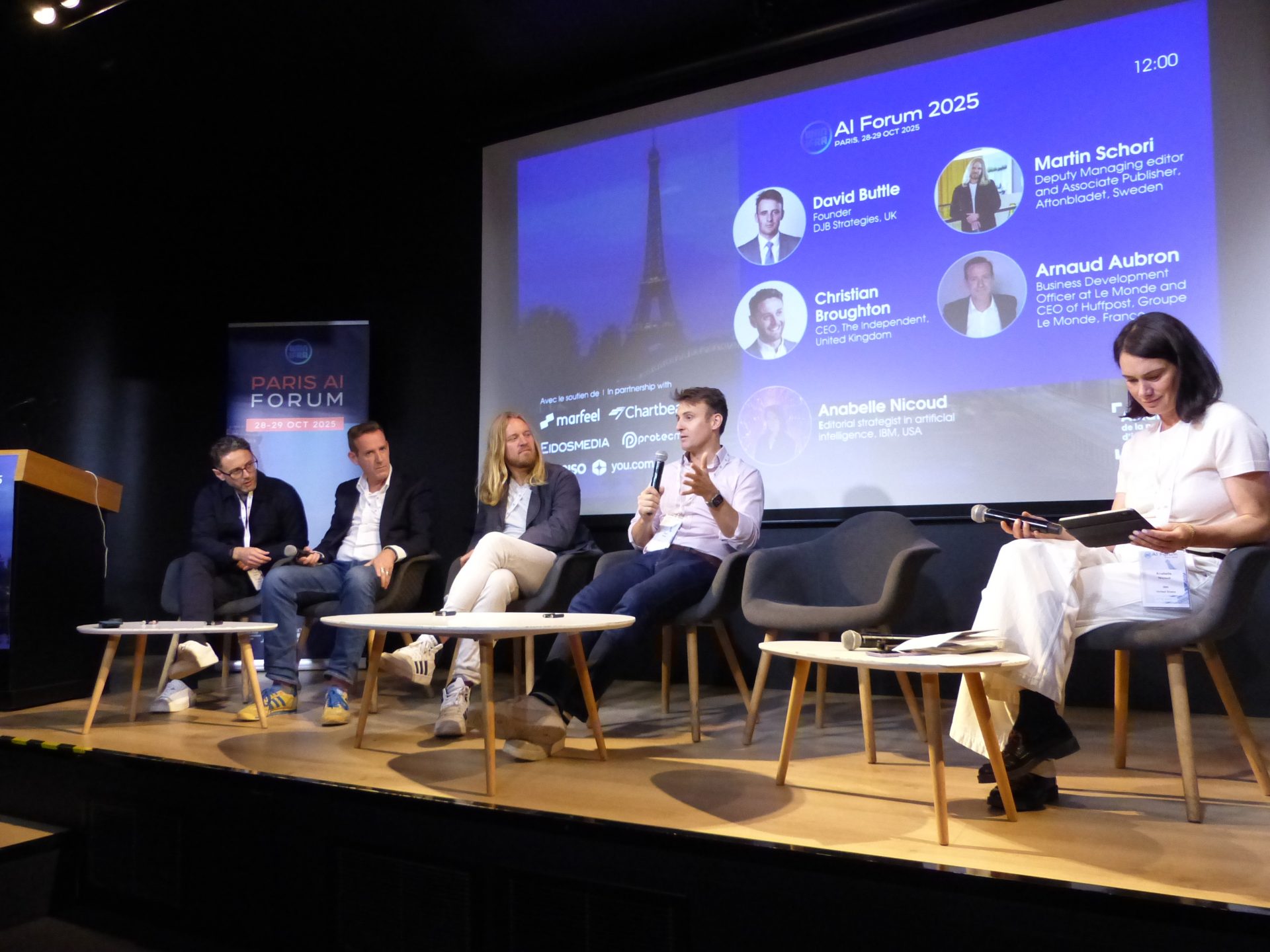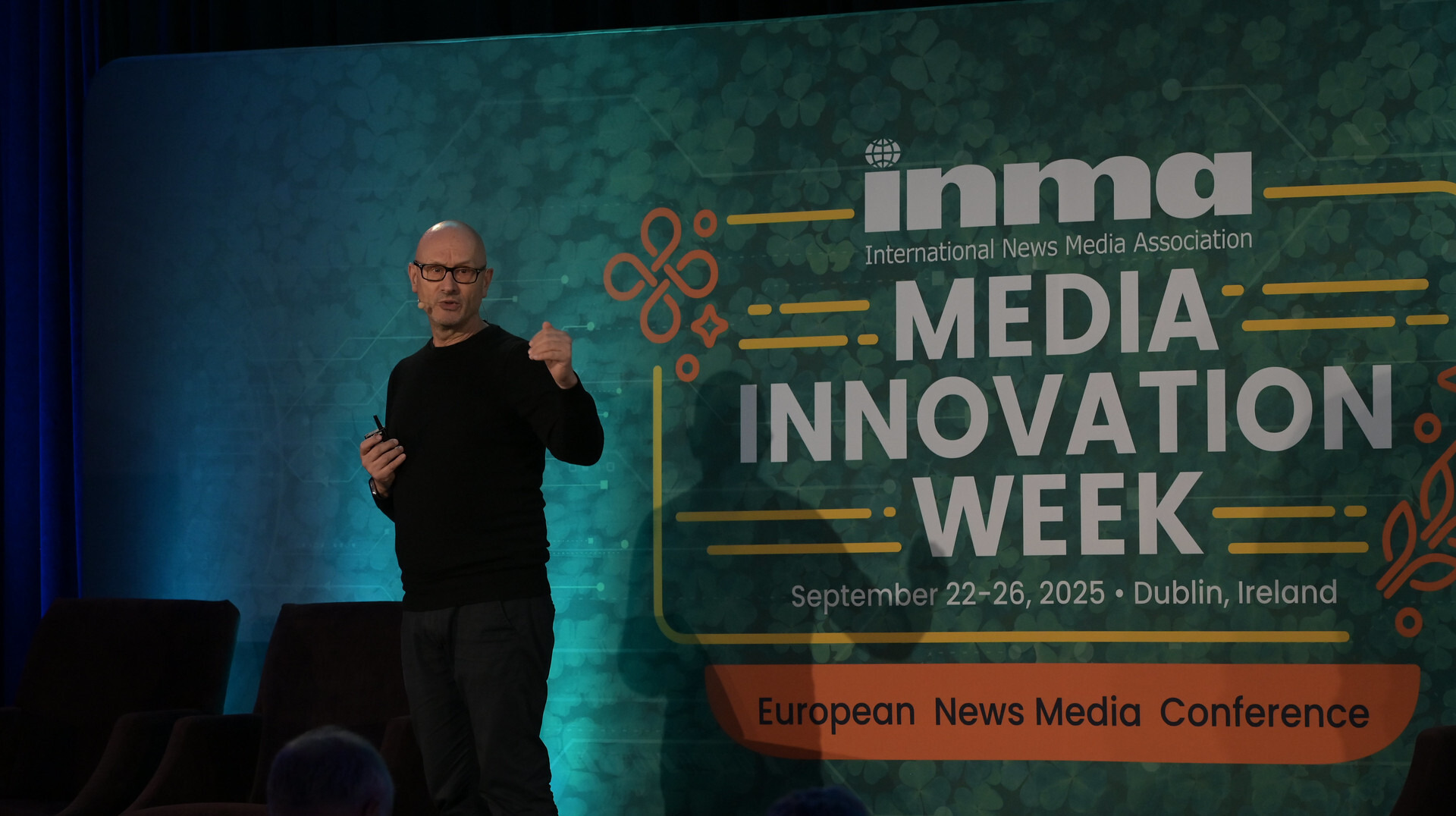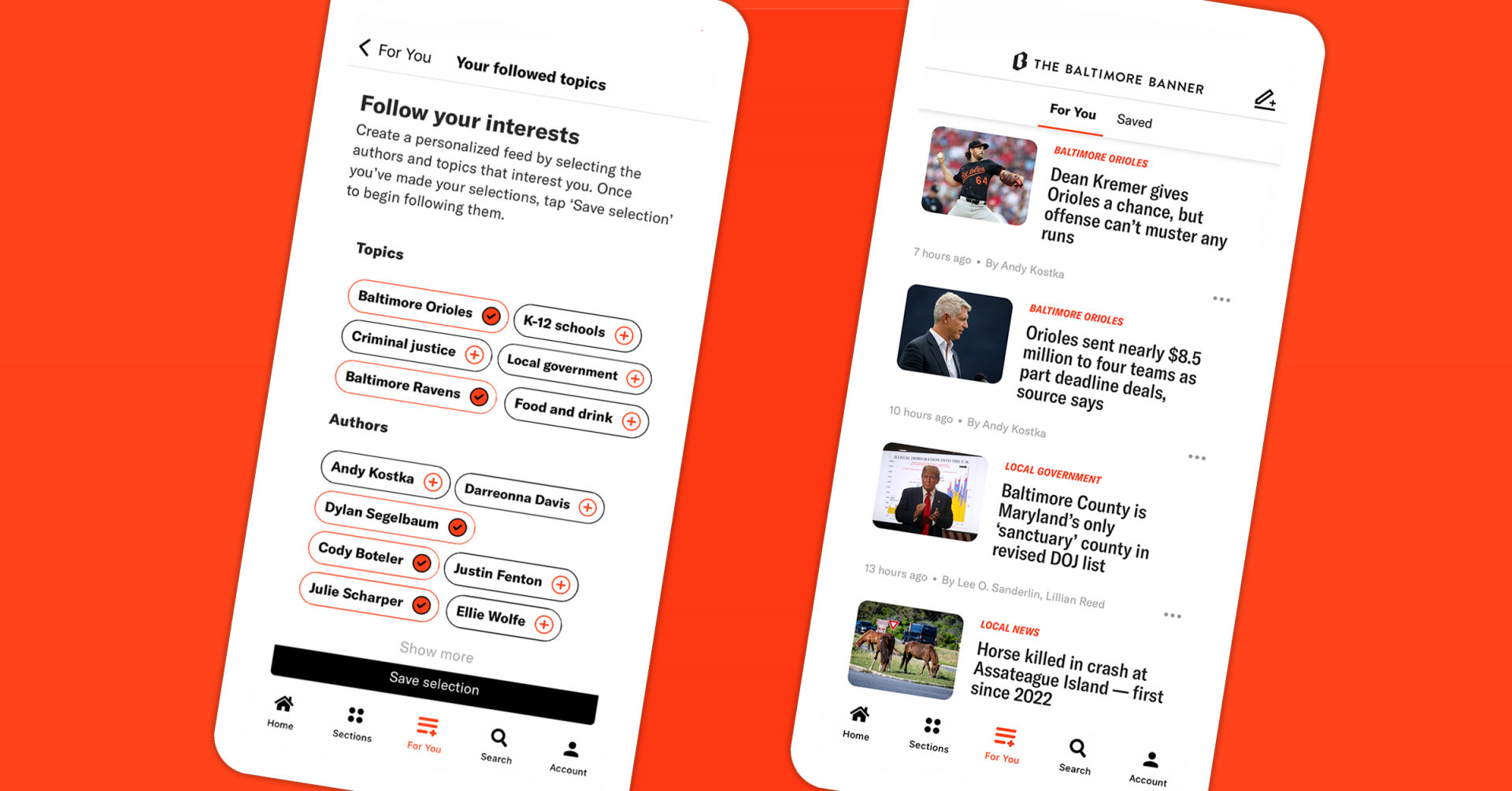
Newsletter
Newsletter
After the years of media unbundling, publishers are creating bundles that are driving loyalty and growing incremental revenue.
29th June 2023

In the Pugpig weekly media bulletin, Pugpig’s consulting services director Kevin Anderson and digital growth consultant James Kember distill some of the best strategies and tactics that are driving growth in audiences, revenue and innovation at media businesses around the world.
by Kevin
In the first phases of digital disruption, there was the Great Media Unbundling. In music, people shifted from album-based content to individual digital tracks. In news, unbundling meant that different lucrative verticals were unbundled from the traditional news package such as classified advertising and specialist content like sports reporting. You can see the latest wave of unbundling as cable and satellite bundles have come under pressure from streaming services that allowed for people to choose from a much more specifically tailored content offerings. Anime fans can binge their favourite content on Crunchyroll or Funimation, and sports fans can watch their favourite league non-stop on NFL+ or MLB.tv.
However, now publishers are again bundling products as they seek to diversify revenue streams and to retain their most lucrative subscribers. Bundling provides a number of advantages, Matt Lindsay of Mather Economics said in a recent article for INMA. It allows publishers to differentiate their offerings and avoid competing solely on price. It increases the number of entry points for conversion, and bundles allow them to provide more personalised offerings for customers. This reduces churn by increasing the perceived value to customers. Personalisation is increasingly becoming important, with 33% of customers saying that they had ended a relationship with a company because the experience wasn’t personalised enough.
As Lindsay points out, newspapers traditionally delivered a bundle of topics, with sports, news, business and comics. The digitally ascendent New York Times has been reinventing the bundle for a new age as it looks for new areas of growth. While the Times is known as a premium news brand, for the past several years non-news products have been their biggest growth drivers. Many of these products it has acquired beginning with the review site Wirecutter in 2016 and continuing with its acquisition of the viral game Wordle and sports subscription site The Athletic both in 2022. Customers perceive more value from the bundle and are willing to pay more it, which delivers higher incremental value for the company. More than that, the New York Times has found that multi-product customers are their most loyal. “Multi-product subscribers pay the most and retain best,” New York Times chief product officer Alex Hardiman told Axios. The company has found that bundle subscribers have 40% lower churn rates than those who are only subscribed to news.
And product bundles are not just for news. As we talked about a few weeks ago, product bundles are being built by consumer magazines as part of a premium membership tier. Publications like movie title Empire is selling its VIP membership tier to offer a sense of belonging and build a deeper relationship with their most loyal audiences through special events.
Lindsay offers up advice on how to develop product bundles that will be instantly familiar to any product manager:
Multiple products means connecting with customers in multiple ways and serving more of their needs, and this type of smart product-led bundling is building and in some cases rebuilding the next generation of successful publishing businesses.
by James
Reach plc understands that its volume-based business model is under pressure. In March the publishing company announced several hundred redundancies after seeing operating profit decline by 27% in 2022. They’ve been suffering as economic conditions worsen in the UK and inflation continues to bite, with advertisers pulling back on spend. Reach has been particularly vulnerable as their business is reliant on advertising revenue driven by high volume traffic. Challenges to their business model have been made worse by Facebook’s decision to de-emphasise off-platform links in people’s feeds, particularly to news sites which has resulted in huge drop offs of visitors from social media. Reach is being squeezed by both a drop in the value of advertising and the size of the audience they have available to monetise through ad impressions.
To attempt to solve this, Reach is looking for ways to increase interaction with their audience and reduce their reliance on low-engagement, low-value, high-volume traffic. They previously put in place a 4-step model to help increase conversion, which uses content and features such as commenting to encourage users through different stages to registration, with the aim of creating a stickier user experience to deliver a more engaged audience. Meanwhile, they’ve experimented with several monetisation strategies.
In September 2019, Reach trialled a micro-paywall on the Huddersfield Daily Examiner’s website, where selected articles cost 25p to unlock with a cap of £1 a week. However, this ended in February of 2020, and there have been no signs of it being rolled out further. Micropayments are notoriously tricky, with repeated payment requests adding friction to a user’s journey through a website and getting in the way of content. The publisher has also explored a membership model, similar to the Guardian. The Liverpool Echo introduced a contribution form in April 2020. But this has since been scaled back, presumably after not delivering the required benefit and restricting availability of advertising inventory.
Reach’s latest attempt to drive subscription revenue moves away from their websites and onto their apps. They’ve introduced a paywall onto the Manchester Evening News app via a premium membership, the first of its kind for the publisher. The benefits to the subscriber are a version of the app with no adverts, pop-ups or “distractions” as well as puzzles, a newsletter and a feature allowing the user to listen to articles. The premium membership was first trialled as an optional offering last year, but it is now required for users who want to read 25 or more articles within their app. It costs £2.99 a month or £19.99 a year which makes it significantly cheaper than most comparable news subscriptions. The Yorkshire Post’s digital subscription, for example, costs up to £12.99 a month or £129 a year. Initial responses to the premium membership have been described by the MEN as “positive”.
As a starting point, the 25-article limit is probably too high and will require lots of testing to optimise towards subscription. At Pugpig consulting, we know from working with our partners Piano, that conversion generally tails off over time and we believe it is important to ensure that paywalls are made visible through the subscription journey to allow users to convert at a moment in time where they are most engaged. Simply put, a paywall that is too generous will encourage users to ration their content consumption rather than pay.
The use of the app rather than the website is an important change in tactic for Reach. Apps are an essential component of the publisher revenue toolkit, allowing for news organisations to reach their most highly engaged audience. We are also seeing evidence that they are increasingly useful as a means to build on initial relationships, leading to conversion. Combining the content, tools and features of an app with a premium conversion strategy is a sensible approach. Hopefully, Reach will finally crack the paid-subscription puzzle that it have been attempting to solve for a few years now.
Pugpig Consulting can help you develop a premium audience strategy using our proven data-driven process, get in touch.
Here are some of the most important headlines about the business of news and publishing as well as strategies and tactics in product management, analytics and audience engagement.

Newsletter

Newsletter

Newsletter

Newsletter

Newsletter